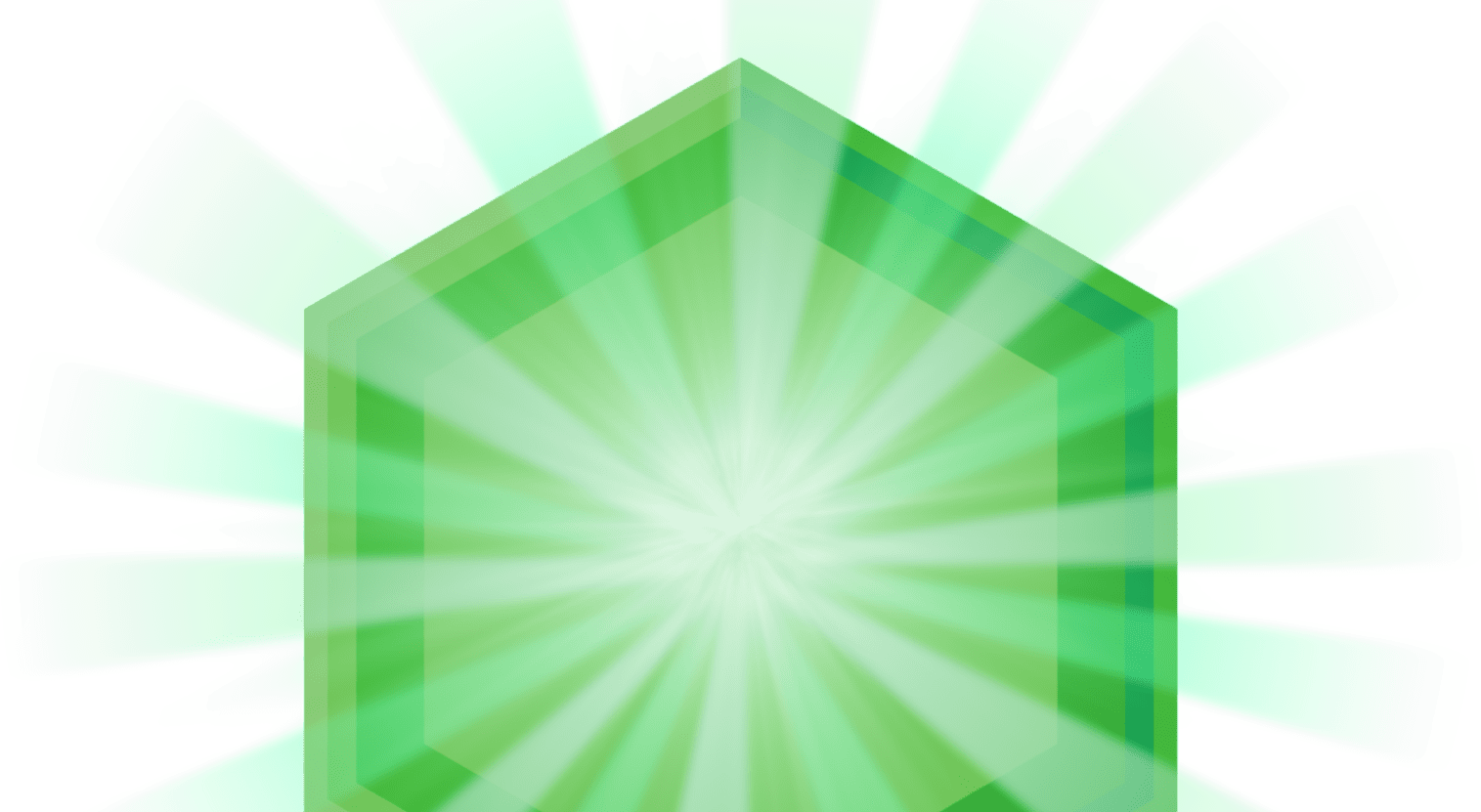
Seasonal Allergies: How to Prepare
Be greater than your allergies: Seasonal allergies have a way of creeping up on you, making you feel less than your usual, productive self. Symptoms such as sneezing, nasal congestion, itchy, watery eyes and runny nose can make it difficult to focus on everyday tasks. So when allergy season hits, does this mean you have to resign yourself to feeling miserable for weeks or even months – as long as there’s pollen in the air?
Fortunately, proper preparation is often all it takes to regain control. Following a few simple steps prior to the onset of your seasonal allergies can help give you the upper hand in managing your symptoms once they hit – so you can get on with your life.
How to prepare for allergy season

1. KNOW YOUR ALLERGY TRIGGERS
Allergies can strike at various times throughout the year, depending on where you live and what you’re allergic to. Seasonal allergies usually occur when your immune system overreacts to the presence of allergens in the environment, including pollen. Different plants produce pollen at different times of year – for example, tree pollen season is in early spring, whereas grass pollen is prevalent in summer and ragweed pollen causes most fall allergies.1
By identifying which types of pollen you’re allergic to, you can work out approximately when to expect your allergies to kick off and start taking steps to manage symptoms. Read more about spring, summer and fall pollen seasons, or watch our video for more tips:

2. STOCK UP ON ALLERGY MEDICINE IN ADVANCE
Be ready to start your allergy medication as soon as your symptoms begin.
Go through your medicine cabinet, check packaging and labels, and toss anything past its expiration date. Be sure you’re using an allergy treatment that targets your symptoms, too, for effective relief. For example, many allergy pills don’t combat nasal congestion*, whereas FLONASE nasal sprays are designed to relieve the worst allergy symptoms, including nasal congestion – as well as sneezing, itchy, watery eyes** and runny nose.
*Single-ingredient antihistamines do not treat nasal congestion.
**Flonase sensimist is indicated for itchy, watery eyes in adults and children 12 years of age and older.

3. START WATCHING LOCAL POLLEN REPORTS
Keep an eye on local pollen counts1, so you’ll know exactly when allergy season kicks off in your area. You can also monitor which days will have higher pollen levels and schedule indoor activities for then.
It’s also worth checking the weather forecast – dry, windy days usually have higher pollen counts, whereas rain tends to clear pollen from the air.2
4. REDUCE YOUR EXPOSURE TO POLLEN
Plan to keep windows and doors shut on days with high pollen counts and avoid hanging laundry outside to dry.3 If you suffer from summer allergies, make sure your air conditioning unit is fitted with a high-efficiency particulate air (HEPA) filter to help trap allergens from the air.4
Wearing a hat and sunglasses when you head outside will also limit the amount of pollen that blows into your eyes.5 Plus, they’ll protect you from harmful UV rays at the same time. You may even want to consider wearing a dust mask if pollen counts are particularly high and you need to spend time outdoors.4

5. SPRING CLEAN YOUR GARDEN BEFORE PEAK POLLEN SEASON
Try to complete your essential gardening before your seasonal allergies properly kick in. Clear away dead leaves or plants to limit mold growth if this triggers your allergies, or remove plants such as ragweed that are common allergens. You could also schedule your gardening time for later in the day, rather than in the early morning when pollen counts are highest.2

6. ADD MORE FRUITS AND VEGETABLES TO YOUR DIET
Fruits and vegetables are powerful sources of antioxidants6 and natural chemicals that can help you to fight the inflammation that comes with allergic reactions.7 Try adding these to your diet in the lead-up to allergy season.
However, note that certain foods contain proteins similar to those found in ragweed, a common fall allergen – so if you’re allergic to ragweed pollen, avoid eating bananas, melons, honey, chamomile tea and sunflower seeds as they could worsen your symptoms.8

7. STOCK UP ON GREEN TEA
Green tea contains natural antihistamines that can assist in your fight against allergies—and a steaming hot cup of tea soothes a scratchy throat and loosens mucus at the same time.9
8. CONSIDER A VACATION
If your allergies are unbearable at a certain time of year, why not schedule a vacation then and head to an area with lower pollen levels? For example, ragweed grows throughout the United States, but is much more common in some areas than others. Need inspiration? Check out the five best U.S. cities for avoiding pollen.
Sources:
- American College of Allergy, Asthma & Immunology. Seasonal Allergies. https://acaai.org/allergies/seasonal-allergies. Accessed August 21, 2019.
- Mayo Clinic. Seasonal allergies: Nip them in the bud. https://www.mayoclinic.org/diseases-conditions/hay-fever/in-depth/seasonal-allergies/art-20048343. Accessed August 22, 2019.
- American College of Allergy, Asthma & Immunology. Allergic Rhinitis. https://acaai.org/allergies/types/hay-fever-rhinitis. Accessed August 22, 2019.
- Healthline. Seasonal Allergies: Symptoms, Causes, and Treatment. https://www.healthline.com/health/allergies/seasonal-allergies#symptoms. Accessed August 22, 2019.
- Yale. Allergy tips. http://yalehealth.yale.edu/allergy-tips. Accessed February 05, 2015.
- American Chemical Society. Largest USDA study of food antioxidants reveals best sources. http://www.sciencedaily.com/releases/2004/06/040617080908.htm. Accessed February 15, 2015.
- Allan K, Kelly FJ, Devereux G. Antioxidants and allergic disease: a case of too little or too much? Clinical & Experimental Allergy. Volume 40, Issue 3, March 2010; 40(3):370-380.
- WebMD. Ragweed Allergy. https://www.webmd.com/allergies/ragweed-allergy. Accessed August 22, 2019.
- Melgarejo, E, Medina MA, Sanchez-Jiminez F, Urdiales JL. Targeting of histamine producing cells by EGCG: a green dart against inflammation? Journal of Physiology and Biochemistry. 2010. 66(3): 265-270.



